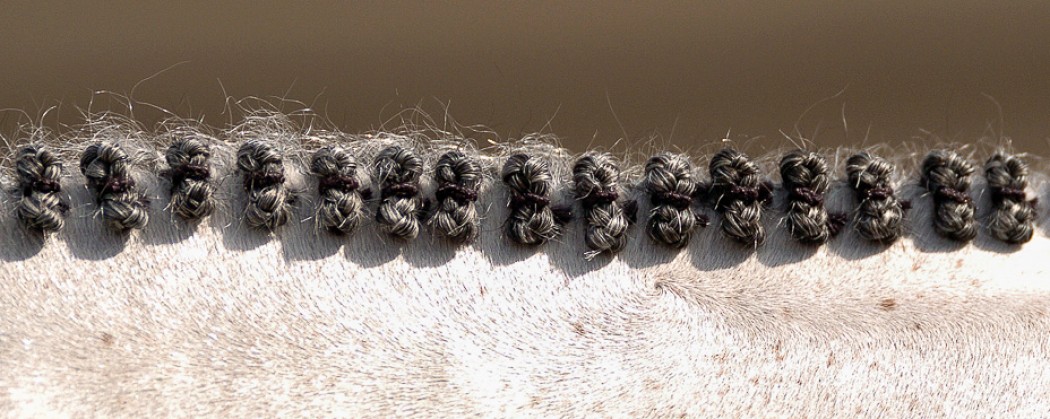I felt as if I’d been dropped 100 years into the past last Sunday during an adventure in Western Maryland. It all started after I’d accepted an invitation to shoot the Lonaconing Silk Mill in Lonaconing, Maryland, with an Arcanum Master named A.D. Wheeler. He was taking a photographic road trip and invited any Arcanum apprentices to join him as he traveled from New York to Pennsylvania to Virginia.
I gratefully accepted, and arranged to meet him at an abandoned silk mill on Sunday morning. As it turned out, the mill didn’t open until noon, and the two-hour drive sped by quickly, so I had some time to kill before our appointment.
On a whim, I stopped in Cumberland, Maryland, to check out the old town area, and, as it turned out, my timing couldn’t have been better. A friendly parking attendant told me about the steam train that would soon be arriving in the station on its way to Frostburg, and he even steered me to the best vantage point when I told him I had a camera.
After grabbing my little Sony A7 and climbing the stairs to the platform, I quickly realized I’d walked into a photographer’s Mecca. Dozens of them had already staked out their spots, tripods at the ready, big lenses hanging on their shoulders. As I walked around with my small mirrorless camera, I felt like maybe I’d made a mistake in not bringing my Nikon gear, but after I began shooting I never thought about it again.
The little Sony served me well, and I spent nearly an hour photographing the train from a variety of vantage points. I met some friendly photographers from Maryland who provided some pointers about shooting trains (they follow trains on their routes!), and before I knew it it was time to head to Lonaconing.
As I drove toward Frostburg on I-68, I ended up following the railroad tracks to Lonaconing, where the mill sits on E. Railroad St on the mainline of the Cumberland & Pennsylvania Railroad. The history of the mill is fascinating. There’s a great article here if you want to delve into it, but the short story is that it was a thriving business that spun raw silk into thread from 1906-1957 when the doors were suddenly shuttered after the workers went on strike.
Today, it remains much as it was when the doors closed, with the silk still in bundles, the spools filled with thread and workers’ personal belongings in their cubbies and scattered around the building. There’s even an A.F. Green Insurance calendar that hangs open with the month of August 1957 prominently displayed.
It was great fun to roam around the building with A.D. He’s a specialist in photographing the abandoned as art, and to observe his techniques and compositions was super educational. I really appreciated all of the input and advice he offered, and I learned a lot more about HDR photography and continued to become more comfortable with my tripod and remote.
We spent four hours traversing the three floors, and before we knew it our time was up. After chatting with Herb Crawford, the mill’s owner, I learned that he’s worked hard to have the mill preserved as a museum, and it’s been called one of the National Trust for Historic Preservation’s Most Endangered Historic places.
Unfortunately, Herb hasn’t received any major funding to fulfill his mission, and the donations he receives from photographers and others who tour the building can only help to pay the taxes. With the roof failing and leaking, sadly, parts of the mill are deteriorating quickly, and without some intervention it’s only a matter of time before it becomes too dangerous to enter.
I hope that someday someone steps in to save the mill and its contents, because it’s an amazing glimpse into the past, to a time when people were an integral part of our country’s manufacturing process, and the words “Made in America” was an expectation and not an exception.





Nice 🙂
Thank you so much!
Welcome 🙂
What a great experience for you and the photos are exceptional in recording a bye gone era that, sadly may disappear. To catch the train in full throttle across the bridge is quite stunning
Yes, it was a great day to get out and try some new subjects. Sad to see the mill so close to the edge, but perhaps someone will step in. It’s a great place to experience life as it was.
It would make a great place for a museum about the silk industry
Such an interesting place! Love the train photo!
Thank you so much, Sue! Was a fun day.
Pingback: Help Save The Lonaconing Silk Mill - The ExplorographerThe Explorographer